PR has already shaped up with the digital media dynamics: Neha Bahri
In the last 10 years, PR has taken a different dimension, especially after the entry of social media and the rapid shift to digital and in the pandemic period. At the same time the industry has been facing stiff challenges, moreover client expectations have also increased, with more emphasis being given to digital and online reputation management. The industry has undergone a radical shift and the current times have pushed the industry to change gears.
Click here to attend IMAGEXX 2022
In conversation with Adgully, Neha Bahri, Founder & Director, Bconnect Communications, speaks at length about importance of PR for start-ups, how the PR industry ha evolved during the pandemic period and much more.
New business pitches keep happening in the PR world. What is the difference that you bring to the table to win businesses? Is there any process or methodology that you follow which helps your strategic thinking become sharper and more focused?
While this is a fact that new business pitches keep happening in the PR world, we do not just carry forward the primitive PR practices and offer the same PR plans to all our clients. Rather we understand that every organisation’s goals, policies, vision and mission is different and so is our PR plan. One of the first approaches that we apply in pitching clients is developing a bridge of communication with their target audience to help them achieve the goal of solidarity inside and that of development outside the organisation. We offer a 360 degree plan from PR Management to Crisis Communication to Social Media Campaigns – basically everything that a brand is looking for.
We adapt to the changing PR environment and focus towards adapting to the newest of technical know-how to implement our PR plans and ensure their success. Our approach to acquire clients is not just for our growth, but it is also focused on developing an ecosystem that helps the client organisations progress in a way that they stand out amongst their competitors.
How has PR evolved in the last 10 years? Going forward how will the industry shape up as the dynamics of PR are changing with the accelerated adoption of digital?
Over the years, several theories and studies have revealed the human behaviour towards digital media, which has shaped the future of social media and public relations. With the changing world dynamics around digital media, it has been observed that Public Relation has expanded its strategies and workings in line with expanding digital media presence for organisations and groups.
Additionally, influencer marketing and user generated content also form a part of PR tools that are being effectively harnessed by organisations worldwide. Digital media technology is no longer seen as just a platform for socialisation and gathering, but is recognized for its ability to promote gathering. Facebook is one of the most widely used tools of communication along with rapidly increasing pace for Instagram and Twitter. In the past few years, public relations and digital media research has opened up new avenues for the amalgamation of both the forms of communication to better benefit the organisations for rapid growth and visibility.
So, saying that the PR industry will shape up with the digital media dynamics would be wrong as it has already shaped up with the digital media dynamics and the two are rapidly evolving together.
The recent times have seen a start-up being launched almost every other day. What role can PR play on start-ups’ growth? As an agency how do you help them build their reputation, especially when they come with tight budgets?
“A company that doesn’t have a face, doesn’t have a future” - Gannon, Mary C. A company, be it a start-up or a mega company, all must differentiate themselves, and public relations is the key to it. Start-ups understand the value that a PR agency brings to their business and hence, have been aggressively investing in PR plans. Often when someone starts a new brand, they are overexcited and want to share everything with the world. We, as PR professionals, understand how the industry and people’s perceptions work, hence planning what is best for our clients is how we help them grow. When it comes to public relations, knowing when to stop is the key. An excessive amount of PR might cause a customer/ prospect a headache, causing them to avoid the brand or possibly go on to its competition in quest of a more tranquil connection, which is something neither us nor the start-ups want. Hence, knowing these nitty-gritties of communication, marketing and perception is why start-ups turn to PR firms for their help.
As a PR firm, we outline the services that can be offered in their budget and help the start-ups to the best maximum potential without causing any damage to our own selves.
Traditional Vs Digital – there is a rapid change in the way digital is approached today. How is your company helping clients to manage and handle this digital transformation?
Digital media is the media for the PR industry now. We focus on a digital presence for our clients more than anything. Here, I would like to mention that as the pandemic it is interesting to know that today PR campaigns and social media campaigns go hand-in-hand. Additionally, content marketing has become the gold standard for the promotion of businesses today who want to enter the Tier 2 market with regional content that is target audience specific. It is more effective than traditional marketing. Content marketing moves away from persuasion-based marketing and promotion tactics and instead focuses on providing knowledge that adds value to the consumer and hence, is a growing digital marketing tactic in the current world. The implications of a brand’s message in a social media campaign are overseen by the PR agencies and today as the dynamics change, agencies like ours also plan social media PR campaigns for our clients. To put it in simple words, the world is digital and so are we.
The pandemic has shifted behaviours and trends across industry. What kind of shifts have you noticed in the PR industry? What are the client expectations today and how do you manage those expectations?
Apart from the rapid digitisation of the PR industry, one major trend is one that focuses on the localisation of content. Adapting to this change, we as a PR agency ensure that the tone and language of the content are appropriate for the new audience when we go the additional mile to transform the brand ideas into a message that connects with the unique regional market. Adapting regional-specific material demonstrates that as a company, the client cares about the culture and customs that matter to the target audience. When a product is tailored for several locations, the content must also be tailored for each region. Regional-specific content will undoubtedly increase the brand’s exposure. Content localisation assists the brand in attracting viewers and increasing brand visibility. It all comes down to establishing a two-way communication system with the local population in order to assist them connect with the business and its products.
Is media training still an important component of the services that the PR industry offers? As an agency, how do you help and advice your clients to handle and face the media confidently?
While media training should be part of a company’s overall public relations strategy, there are instances when executives and spokespersons require specialised training. The purpose of media training for such executives is to help them reach their full potential as corporate spokespersons during press interviews for print, digital, radio (audio), and television (video). The role of media training may have evolved over the years. People have become more self-aware of their goals and their company’s vision and hence, in most instances do not require such training, however in some cases they do.
Our key advice to our clients while handling the media involves the understanding of the following:
- Recognising the impact of public opinion
- Analysing today’s popular culture
- Understanding today’s media and how it operates
- Developing skills to deal successfully with members of the media
- Applying principles of message design to media interviews
- Developing confidence in dealing with all forms of media
- Recognising the advantages of working with the press as a strategy in business management
- Understanding how to maintain a positive and ongoing relationship with journalists
- Preparing for the unexpected
- Representing the company proficiently
One needs to have an in-depth understanding of the above to be able to handle the media proficiently.
What is your theory when it comes to ROI on PR campaigns? There are still no standard formulae designed and endless debates keep happening on this subject. What is your thinking here and how do you work on a win-win situation with your clients to evaluate the impact of PR?
It is best to have specific numbers to back you up when negotiating a PR budget. A statistical record of the brand media coverages, media reach, Share of Voice (SOV) records can help you in presenting the numbers to the clients and representing an apt ROI of the PR campaigns and its success. Basics include showcasing the number of media coverages and the reach of the platforms where the client news is published. Additionally, PR agencies can also offer an SOV overview to their clients. The SoV is calculated by dividing a key metric, such as industry journal mentions, by the total number of mentions for all brands in your sector. Multiply by 100 after that. If your brand earned 500 mentions in industry publications and the total number of mentions for all brands (including yours) was 1945, your math may look like this –
500/1945 x 100 = 25.7
That means your client has a 25.7 per cent media share of voice in the industry. These metrics help you in calculating the success of your PR team. Sentiment analysis after a crisis or efficient crisis management can also help you in showcasing the ROI efficiently to the clients and generating a goodwill in the market.
With the advent of social media, news travels fast today, especially fake news. What’s your view on this and being a seasoned PR professional, how does one manage to control and curb fake news?
This is absolutely correct. Fake news or in general news travels fast today. However, fake news travels even faster! As PR practitioners, we rely on both traditional news media and crowdsourcing to verify information. To differentiate clients’ content from fake news, we maintain control as the official source of information, avoid any controversies in official responses, and adhere to PR professional standards and ethics.
Watch out for industry defining discussions at IMAGEXX Summit & Awards 2022. Click here for more details.


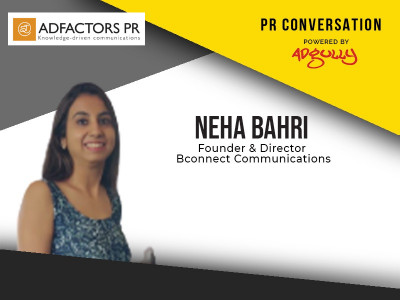







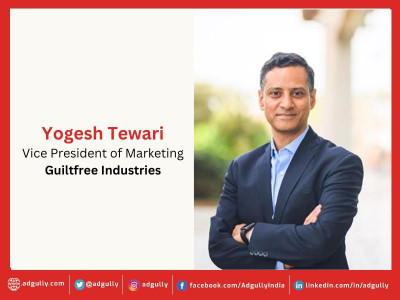
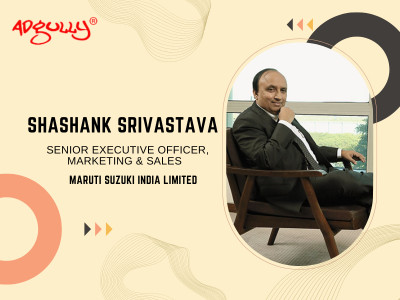
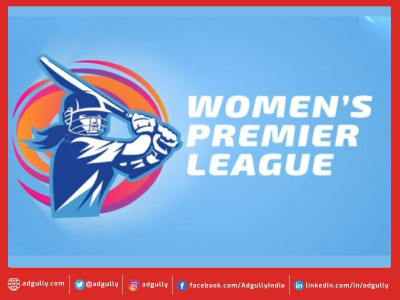
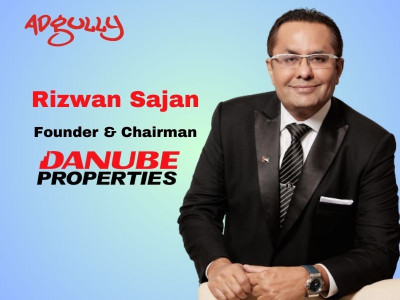
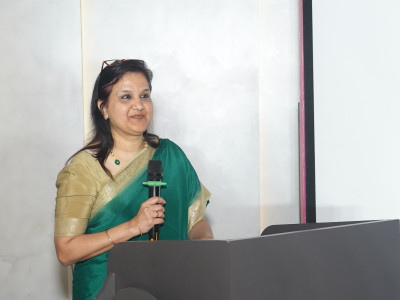


Share
Facebook
YouTube
Tweet
Twitter
LinkedIn